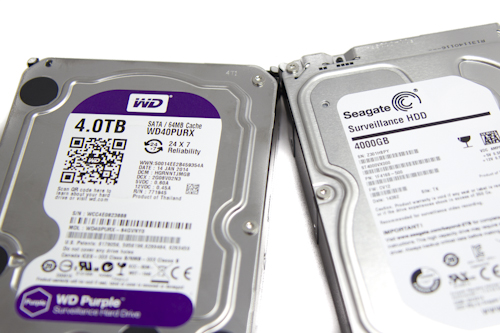
Video surveillance has been around for years. Grainy gas station cameras are giving way to higher-end 1080p-capable IP-cameras, and storage is evolving to meet the needs of these ever-expanding solutions. Tom’s hardware looks at two new entries into the market.
When you look at the video surveillance market, you find a wide array of products and solutions. At the high end, there are companies serving large business applications that can include dozens, or even hundreds of cameras.
Naturally, they need hard drives by the truckload for implementations selling for six figures.
At the other end of the spectrum are all-in-one home surveillance kits that you can buy online for a few hundred bucks.
What both systems share in common is a need for dependable storage.
Surveillance, like many other storage applications, is all about the scale and usage. What I mean by that is most home security systems follow a write continuously/read rarely model.
One compressed, 1080p stream has a ridiculously low data rate (<2 MB/s) compared to the performance of a typical hard drive (50-150 MB/s).
Even when you increase the number of cameras, you still have ample headroom to record data.
In more enterprise-oriented systems, the requirement is for simultaneous record and playback. And when you think about how a mechanical, rotating drive works, performing both tasks at the same time can be incredibly difficult, depending on the physical location of data on the disk.
These sort of challenges are why we are seeing the major hard drive manufacturers introduce products aimed specifically at the surveillance market.
Not to sound too dramatic, but the difference between a bad guy getting caught and him getting away can be a few frames of a capture. If your surveillance system cannot keep up with every single frame of video, you are taking on risk.
Source: tomshardware.co.uk
